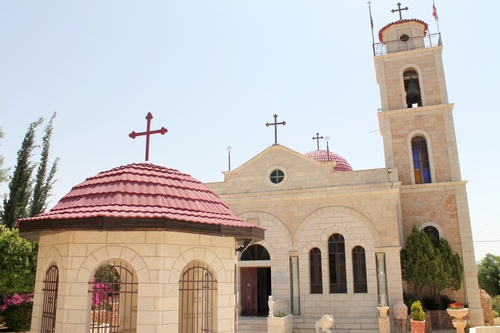
This is the spot where the "Shepherds kept watch" (Luke 2: 8). On the night that Christ was born, Archangel Gabriel spoke to them and they heard the angelic proclamation "Glory to God in the highest, peace on earth and good will toward men" (Luke 2: 14). The site is also well known for its ancient Olive Trees that date back to the time before Jesus’s birth; tradition holds that two of these trees mark the location where Kind David wrote many of his Psalms.
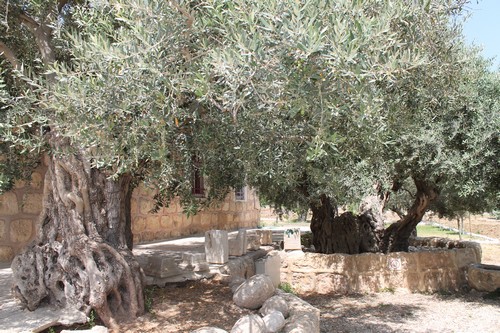
Pious traditions also associated the Shepherds' Fields with the place where Jacob pastured his flock and built the "Tower of Gader" (tower of the flock) referred to in Genesis 35: 21, after the death of his wife Rachel on the way to Efrata (means the fertile and indicates the Bethlehem area) while giving birth to their son Benjamin (Genesis 35: 16).
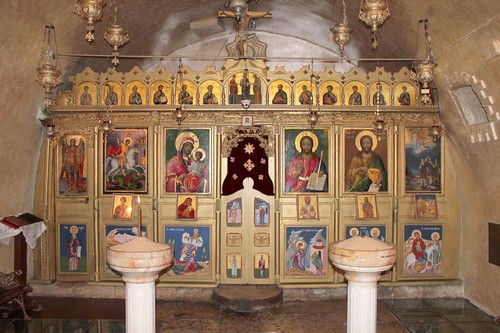
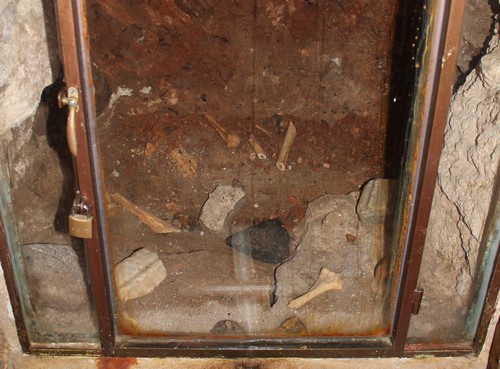 This cave was one of many churches built by Saint Helena in the year 325 A.D. when she came to the Holy Land to find the True Cross of our Lord, and converted the natural cave into a church, which still operates today. It has an arched roof and a mosaic floor. It is one of the very few Churches that contain the original building by Saint Helena.
This cave was one of many churches built by Saint Helena in the year 325 A.D. when she came to the Holy Land to find the True Cross of our Lord, and converted the natural cave into a church, which still operates today. It has an arched roof and a mosaic floor. It is one of the very few Churches that contain the original building by Saint Helena.
The underground church is dedicated to the Synaxis of the Mother of God, to Joseph the Betrothed and the shepherds. Tradition states that three of the shepherds to whom the angel announced the birth of Christ were buried in the west side of the Cave Church and their tomb and bones are still visible to this day. Today, only the crypt of the church remains. This dark subterranean chapel contains an altar facing eastward with a number of icons and a small apse behind it.
The traditions also indicate that Saint Paula constructed a Church in the sport in the 5th century, but was destroyed by the Samaritans in the year 530 AD. Then the Emperor Justinian re-constructed the Church until it was destroyed by the Persians in the year 614 AD who killed all the monks that were there. Then the Emperor Hercules re-constructed it in the year 632 AD, but it was later destroyed again.
During the Islamic ruling of the region (638 – 1099 AD), the monastery was rebuilt surrounded with high walls, to provide asylum and protection to the desert monks, and had a monastic brotherhood until the 11th century when the monastery was completely destroyed by the Crusaders, after which it was abandoned by the monks.
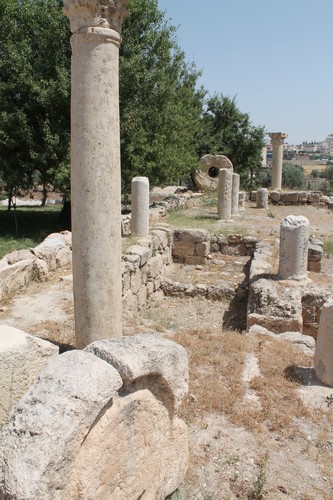 The monastery was deserted and only the cave Church remained, under the care of the Fathers Forefathers Orthodox Church’ congregation and priests at that time as a devotional area for Christians residents of the area and those pilgrims who visited the holy land, until the year 1971, when the Patriarch of Jerusalem at that time, at the initiative and instigation of the late Elder Seraphim the Sabbaitis (the first, after many years, Abbot and founder of the current Monastery of the Shepherds), decided to build a new large Church at the traditional site, adjacent to the cave, and finished in the year 1989 AD.
The monastery was deserted and only the cave Church remained, under the care of the Fathers Forefathers Orthodox Church’ congregation and priests at that time as a devotional area for Christians residents of the area and those pilgrims who visited the holy land, until the year 1971, when the Patriarch of Jerusalem at that time, at the initiative and instigation of the late Elder Seraphim the Sabbaitis (the first, after many years, Abbot and founder of the current Monastery of the Shepherds), decided to build a new large Church at the traditional site, adjacent to the cave, and finished in the year 1989 AD.
The new Church was named "Glory to God in the Highest," and has three holy altars which are dedicated as follows: the main altar to the Mother of God, the altar on the right to the great martyr and healer – Saint Panteleimon, and the altar on the left side to the archangels Michael and Gabriel and all the heavily hosts.
Over the centuries the Monastery of the shepherds has also been known as the "Tower of Gader", "Property of Boaz", "Property of King David", "The land of Jacob and Rachael", "Property of Joachim and Anne", and "The fields of Virgin Mary".


